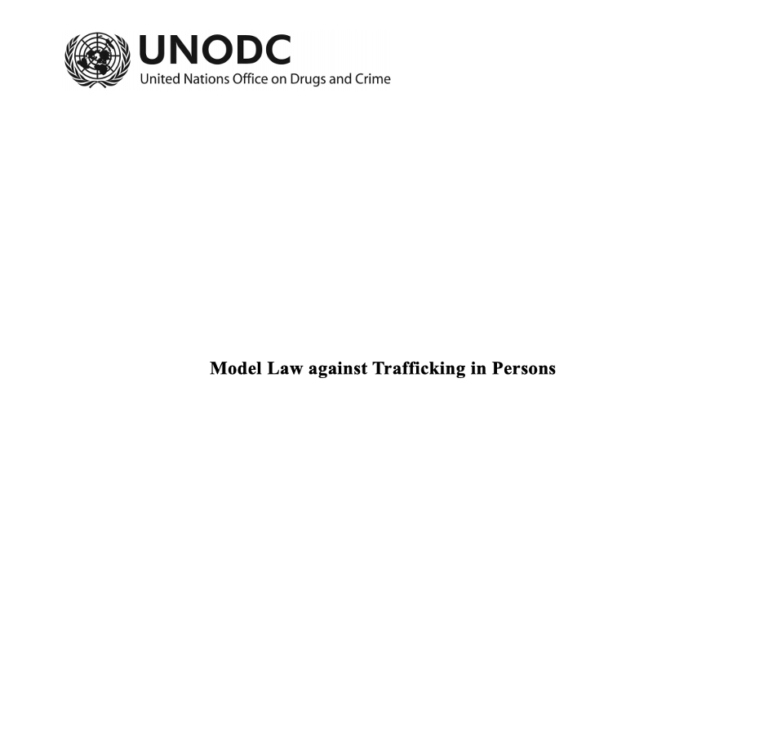Child Rights and Security Checklist
GuidanceGood PracticesThe checklist identifies 14 criteria for companies and governments to assess the extent to which their security frameworks are attentive to and protective of children’s rights. The check- list indicates whether each criterion is applicable to compa...Read More

